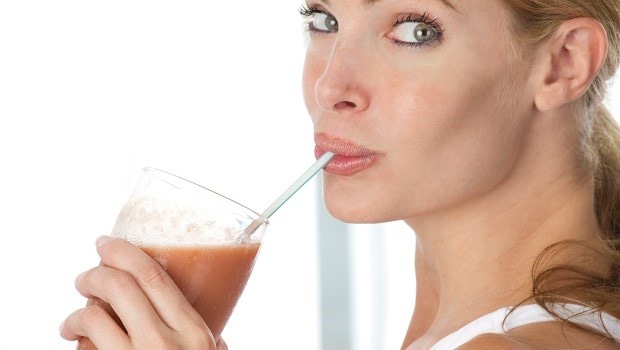When it comes to formulating meal replacement beverages, maintaining the taste, texture, mouthfeel and overall quality consumers expect can be a challenge. Careful consideration of ingredients, processing rigors and the beverage's intended health benefits are important factors for successful product formulation.
October 30, 2015

More consumers are turning to meal replacement products these days, whether it’s for convenience, weight loss or simply to get more nutrients. No matter the reason, these shoppers are helping to grow the billion-dollar market for meal replacements.
Meal replacement beverages typically serve one or two main purposes. Consumers may choose meal replacement beverages or powders because they are convenient and nutritionally sound when they are on the go and do not have the time or desire to prepare meals and clean. Also, meal replacement beverages may be included into their diets to cut calories and lose weight. Because they are pre-portioned, lower in calories than typical meals and typically fortified with many nutrients, and they take the decision-making process of what to eat out of the equation, meal replacement beverages can be an effective solution for managing weight while still consuming a wide variety of nutrients needed for good health. And, studies suggest that meal replacement plans can effectively help overweight and obese adults decrease calorie intake and lose weight. In fact, a meta-analysis of research studies including plans between 800 to 1,600 calories/day (which incorporated at least one regular meal), found adults on the partial meal replacement plans lost significantly more weight than those on the reduced-calorie diets (without meal replacement beverages).1 In addition, after being on the diet for a year, the dropout rate was significantly lower in those on partial meal replacement plans as compared to the adults on reduced-calorie diets.
Whether used as a convenient option or to help a person lose weight, meal replacement beverages are expected to contain all of the nutrients in a well-rounded meal while still delivering exceptional taste and mouth feel. “Beverages are an excellent way to incorporate nutritional ingredients as they are convenient and come in a wide range of choices to appeal to the masses," said Dan Grazaitis, senior food technologist at TIC Gums. And if the meal replacement beverage is intended for weight loss, ingredients that increase satiety, particularly oat and barley beta-glucan as well as protein, may help provide longer lasting feelings of fullness.
When it comes to formulating meal replacement beverages, maintaining the taste, texture, mouthfeel and overall quality consumers expect can be a challenge. Careful consideration of ingredients, processing rigors and the beverage's intended health benefits are important factors for successful product formulation. For a closer look at meal replace beverages, including formulation tips, read the complete article, “Meal Replacement Beverages," by Marie Spano, in INSIDER’s Content Library.
About the Author(s)
You May Also Like




.png?width=800&auto=webp&quality=80&disable=upscale)